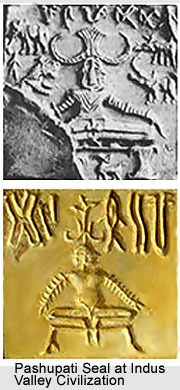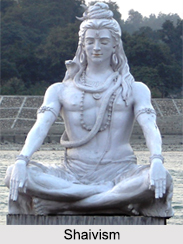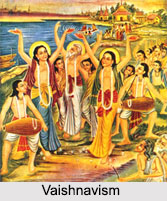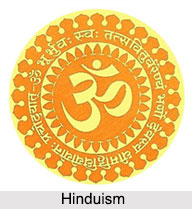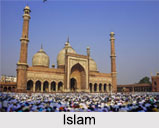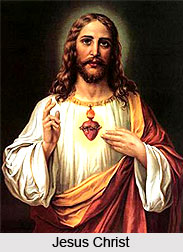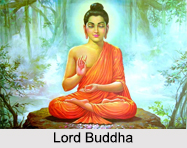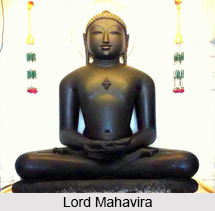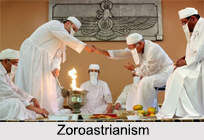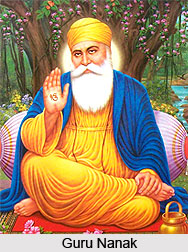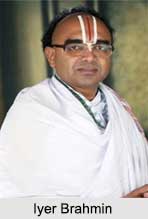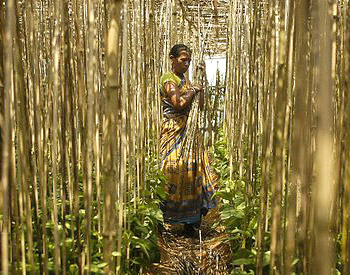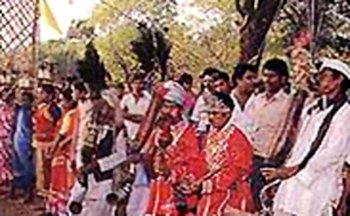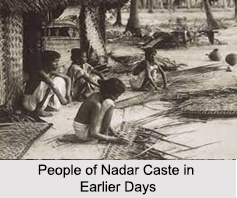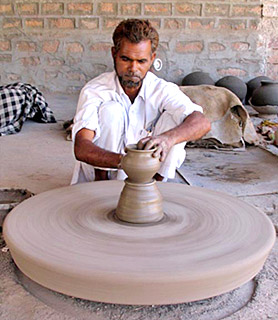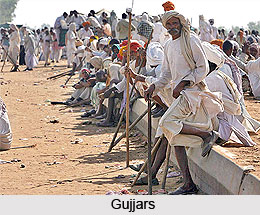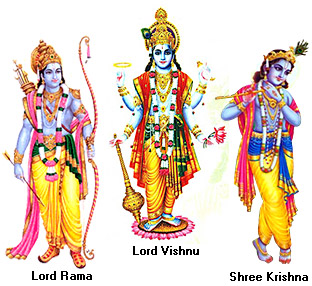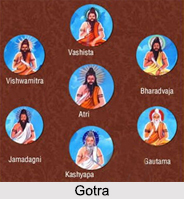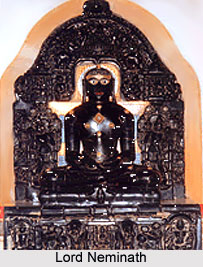 Shri Paroli Teertha located in Godhra in Gujarat is a Jain pilgrimage centre. The temple is situated at a distance of just 16 kms from Vejalpur near Godhra. That temple is dedicated to Lord Neminath.
Shri Paroli Teertha located in Godhra in Gujarat is a Jain pilgrimage centre. The temple is situated at a distance of just 16 kms from Vejalpur near Godhra. That temple is dedicated to Lord Neminath.
History of Shri Paroli Teertha
According to the history the temple dates back to the ancient times. Lord Neminath is known as "Sacha Deva Shri Neminath" here. It is said that during the rule of Mahummad Begada, in V.S. 1540 the idol was shifted to Dhaneshvar village. In ordert to protect the idol from the attacks by Muslims rulers the idol was kept safe in the river. Some years later the family members of Shri Nathabhai of Chhani village dreamt about the exact location of the idol of Neminath. According to ream the place was located and excavated. The idol was thus discovered from the place. The people belonging to the village of Vejalpur insisted on taking the idol of their villages. However, later it was decided that the sacred idol would be taken in a cart and the place where it stopped a temple would be constructed. It is said that the cart stopped at this spot in Paroli village. Thus a beautiful temple was constructed here by the Shri Sangha. The idol was installed in the temple with reverence and celebrations. The temple is visited by both Jain and non Jain pilgrims who come from far off places. It is believed by the devotees that the idol has miraculous powers. Sacha Deva Bhagavan Neminath is said to fulfill the desires of the devotees who worship with full devotion and love.
Temple of Shri Paroli Teertha
The Temple of Shri Paroli Teertha has been magnificently constructed with intricate designs. The temple is located in the heart of the town and is dedicated to Lord Neminatha, the Twenty-Second Jain Tirthankara. The divine image of the Lord has been carved artistically. It is an ancient idol and is said to have miraculous powers. The idol is 85 cm in height and is black in colour. It is seated in a padmasana posture. The temple has provisions for dharamshalas or rest houses for the pilgrims. These are well equipped with all the modern facilities. Bhojanshalas are also available here.
Shri Paroli Teertha is well connected to rail, road and air. The nearest places located here are Godhara which is at a distance of 30 kms, Vadodara at a distance of 60 kms and Vejalpur located at a distance of 16kms. This sacred place is at a distance of only 16 kilometers from Godhara. Buses and taxis are available vehicles. The nearest station is the Godhara Railway station. The nearest airport is situated at Ahmedabad.
